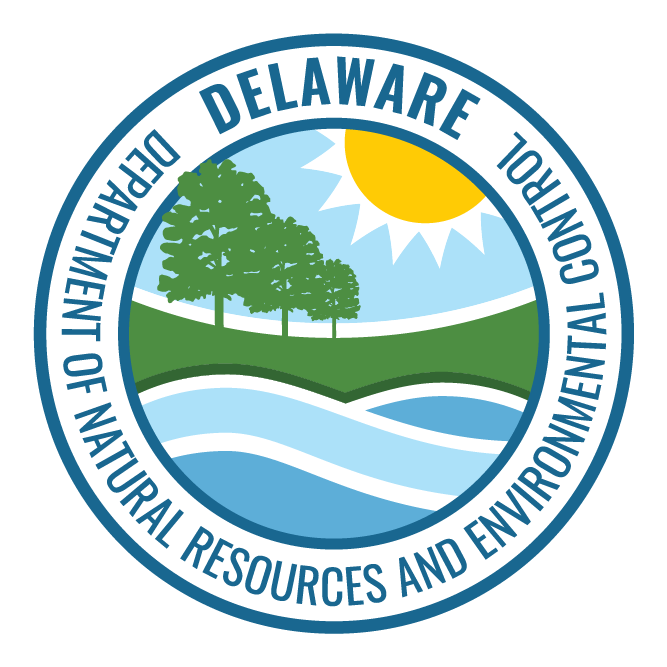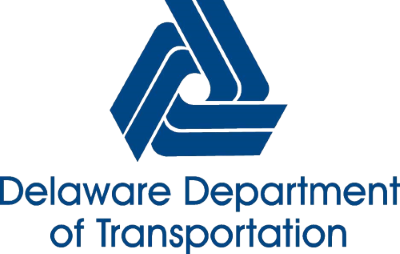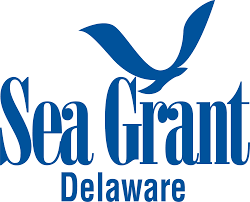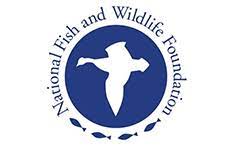Impaired streams in Delaware’s Nanticoke River watershed impact both local water quality and the Chesapeake Bay at large. Review of the EPA’s Chesapeake Bay Total Maximum Daily Load (TMDL) midpoint assessment has demonstrated that necessary stormwater pollution reductions will not be attained even with full Municipal Separate Storm Sewer System (MS4) program compliance across all municipal permittees in all states. For this reason, partners have sought to identify new strategies for accomplishing water quality improvements, such as those called for in the Chesapeake Bay Phase III Watershed Implementation Plan (WIP), in the Nanticoke watershed in ways that meet both local and Chesapeake Bay objectives and reach beyond areas subject to MS4 regulations.
During Phase 1 of this project, EFC worked with the Nanticoke Watershed Alliance (NWA) and other partners in the Delaware portion of the Nanticoke River watershed to develop a stormwater management strategy that targets programming for the variety of regulated and unregulated landowners in the region to meet Chesapeake Bay Phase III WIP 2025 goals. This stage of the project evaluated two fundamental questions:
- How can demographic and landownership information be used to better target water quality programs and projects across both the regulated and unregulated areas of the watershed to maximize stormwater runoff pollution reduction outcomes?
- How can the partners in the region refine their existing collaborative efforts to deliver and finance effective, sustainable stormwater pollution reduction programs?
To answer these questions, EFC and NWA assessed existing projects and programs, collected and mapped demographic and landownership information to look for patterns impacting implementation, and developed actionable recommendations to address identified gaps. The final report from Phase 1 can be viewed below.
For Phase 2 of this project, EFC and NWA are partnering to advance certain strategies identified during Phase 1, which include:
- leveraging existing capacity, funds, and programming as well as optimizing use of new funds
- providing technical support for governmental and conservation partners to install roadside ditch best management practices (BMPs) and tax ditch restoration demonstration projects
Project deliverables will include a tax ditch management and project implementation strategy that maximizes existing opportunities and investments.
Partners
Sussex County Planning Department
Delaware State Extension program





Sponsor

